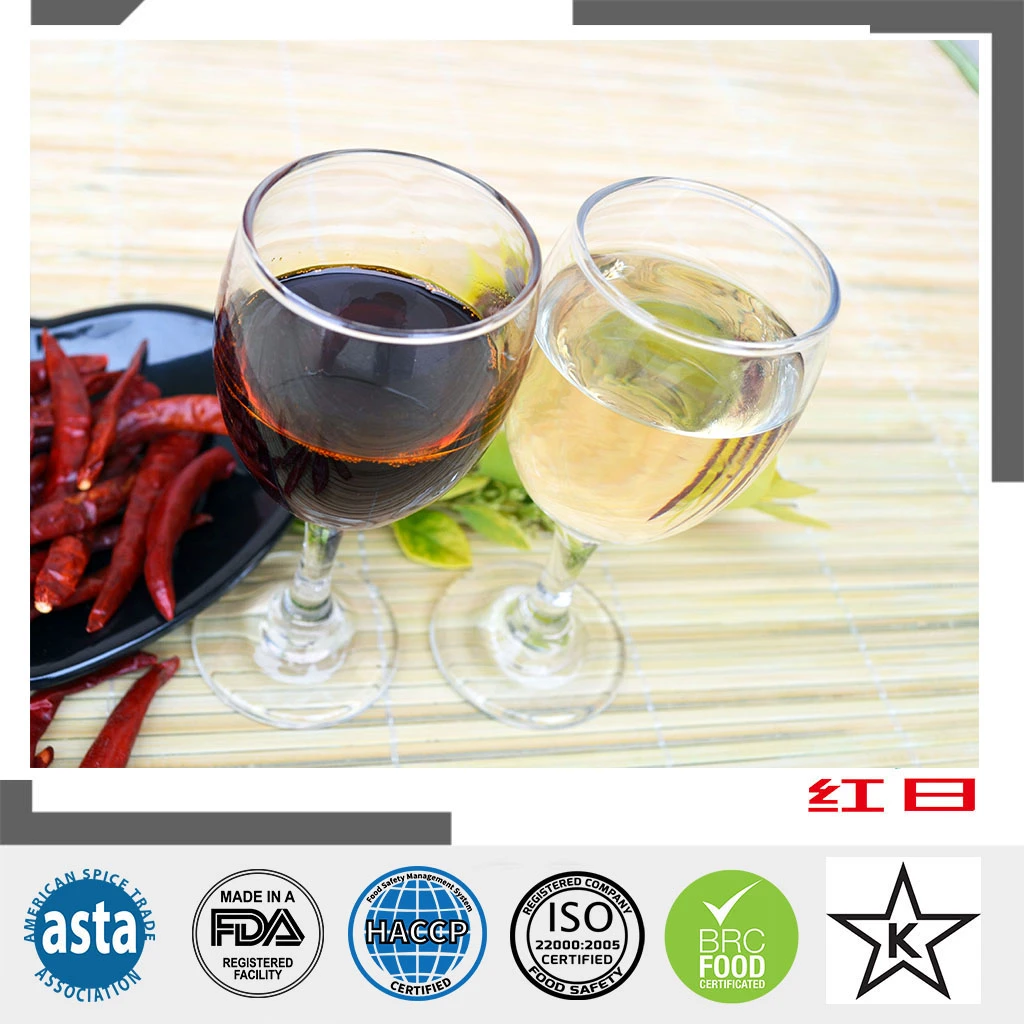- No. 268 Xianghe Street, Economic Development Zone of Xingtai city, Hebei 054001 China
- Byron@hbhongri.cn
types of paprika spice
The Diverse World of Paprika Spice
Paprika is a vibrant spice celebrated not only for its rich color but also for its diverse flavors and culinary versatility. Derived from grinding dried Capsicum annuum peppers, paprika showcases a spectrum of taste profiles that can elevate any dish. This article explores the various types of paprika, each with its unique characteristics, culinary uses, and origins.
1. Sweet Paprika
Sweet paprika is the most commonly recognized type of paprika, known for its mild flavor and vibrant red hue. It is made from sweet varieties of peppers and is often used to add color and a gentle sweetness to dishes without overwhelming them with heat. This type of paprika is a staple in Hungarian cuisine, where it features prominently in traditional dishes like goulash and chicken paprikash. It can also be sprinkled on deviled eggs, potato salad, and various meat dishes to enhance their visual appeal and add a hint of sweetness.
2. Smoked Paprika
Smoked paprika, also known as pimentón, is a distinctive variety that has gained substantial popularity in modern kitchens. Made from peppers that are smoked over an oak fire before being ground, this spice has a robust, smoky flavor that adds depth to dishes. It comes in both sweet and hot varieties, allowing chefs to choose the level of heat that best suits their recipe. Smoked paprika is often used in Spanish cuisine, where it is a key ingredient in dishes like chorizo and paella. It can also be used to achieve a smoky flavor in marinades, stews, and roasted vegetables.
3. Hot Paprika
For those who enjoy a kick of heat, hot paprika offers a spicier alternative. This variety is made from peppers that have a higher capsaicin content, delivering a more intense flavor profile. Hot paprika is commonly used in many Eastern European dishes, such as in stews, sauces, and seasoning blends. It’s important to note that the heat level of hot paprika can vary significantly by brand and origin, so taste-testing is essential when working with this spice.
types of paprika spice

4. Hungarian Paprika
Hungarian paprika is renowned worldwide for its quality and flavor. This variety can be categorized into several types, ranging from mild to potent. The most famous form, Hungarian sweet paprika, has a delicate sweetness with a hint of earthiness, making it a beloved ingredient in many Hungarian dishes. This paprika is traditionally used in recipes like pörkölt (a type of stew) and is often paired with sour cream to balance its flavor. Some of the more potent Hungarian varieties include hot and semi-hot, which can bring a more robust and fiery flavor to dishes, catering to various taste preferences.
5. Spanish Paprika
Spanish paprika, or pimentón, is another celebrated type of paprika that differs from its Hungarian counterpart in both flavor and production method. Spanish paprika is often more complex, with its flavor profile influenced by the smoking process. Made from peppers grown in specific regions of Spain, such as La Vera, pimentón comes in different varieties, including sweet, bittersweet, and hot. This paprika is essential to many classic Spanish dishes, including patatas bravas and various tapas, bringing a unique aroma and flavor that is deeply rooted in Spanish culinary traditions.
6. Other Varieties
Beyond the well-known types, paprika comes in several lesser-known varieties, including Aleppo and Maras paprika. Aleppo paprika, originating from Syria, adds a mild, fruity flavor with subtle heat, ideal for Mediterranean dishes. Maras paprika, a Turkish variety, is noted for its rich flavor and vibrant red color. Both types add unique twists to recipes, showcasing the widespread influence of paprika across different cuisines.
Conclusion
Paprika is not merely a colorful addition to the spice rack; it holds a rich tapestry of flavors that can enhance a wide array of dishes. Whether it's the sweet and mild Hungarian variety, the smoky allure of Spanish pimentón, or the fiery kick of hot paprika, each type brings its unique character to cooking. Understanding the differences between these varieties allows chefs and home cooks to harness the full potential of this versatile spice, adding depth, color, and flavor to their culinary creations. Embrace the diversity of paprika and explore the endless possibilities it offers in the kitchen!
-
Turmeric Rhizome Powder: A Golden Treasure from Roots to TableNewsJul.28,2025
-
The Versatile Application Of Crushed Red Hot Peppers: Lighting Up The Red Flames On The Dining TableNewsJul.28,2025
-
The Paprika: A Touch Of Vibrant Red In Color, Flavor, And CultureNewsJul.28,2025
-
Ground Turmeric: A Modern Examination of an Ancient SpiceNewsJul.28,2025
-
Capsicum Liquid Extract: Features, Applications, and ChallengesNewsJul.28,2025
-
Application of Capsicum Liquid Extract in FoodNewsJul.28,2025







